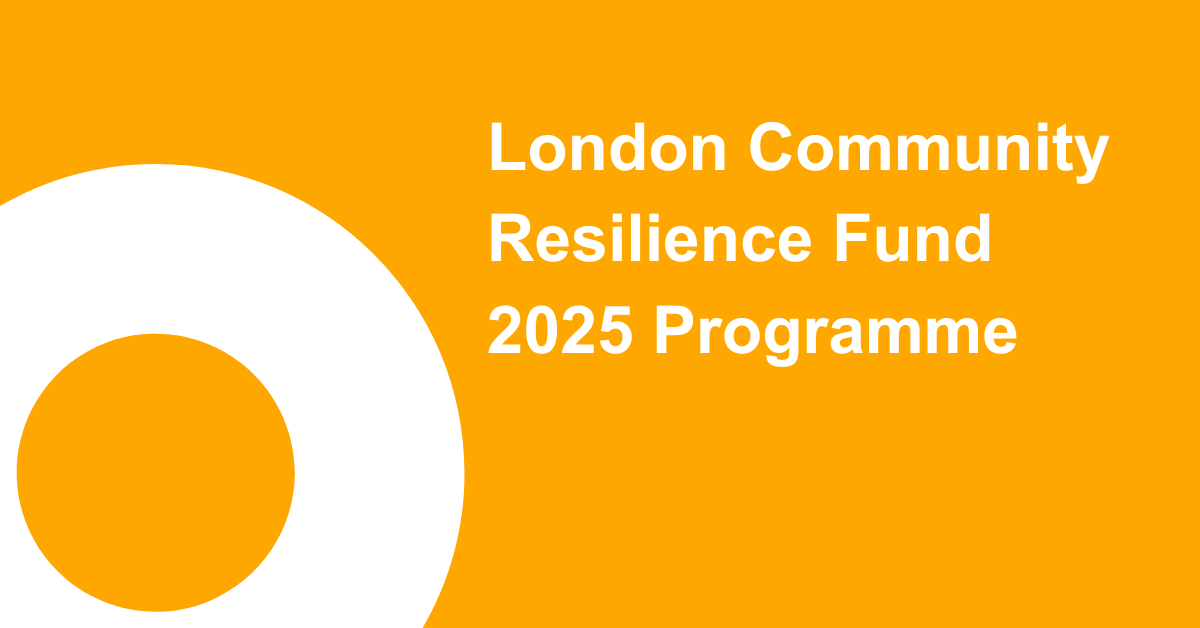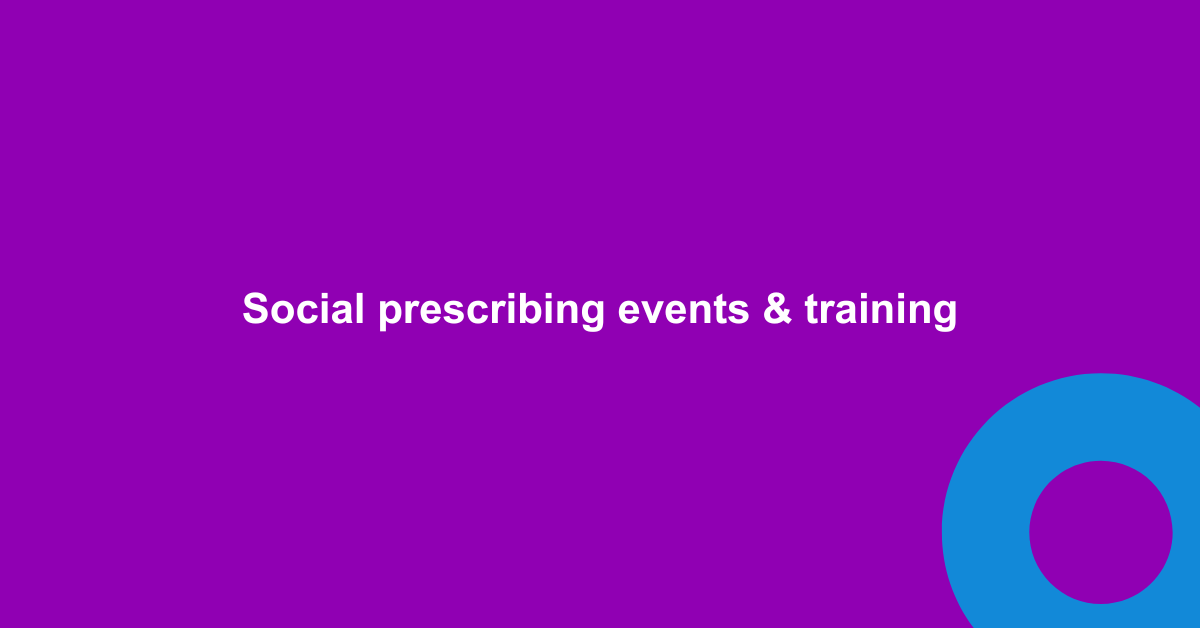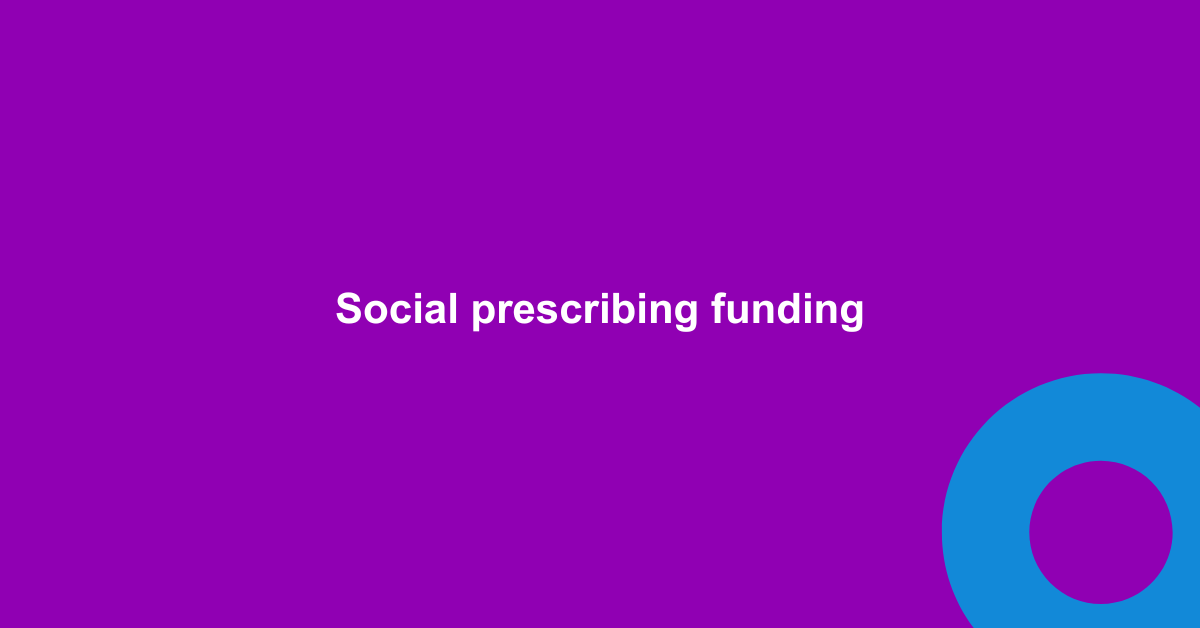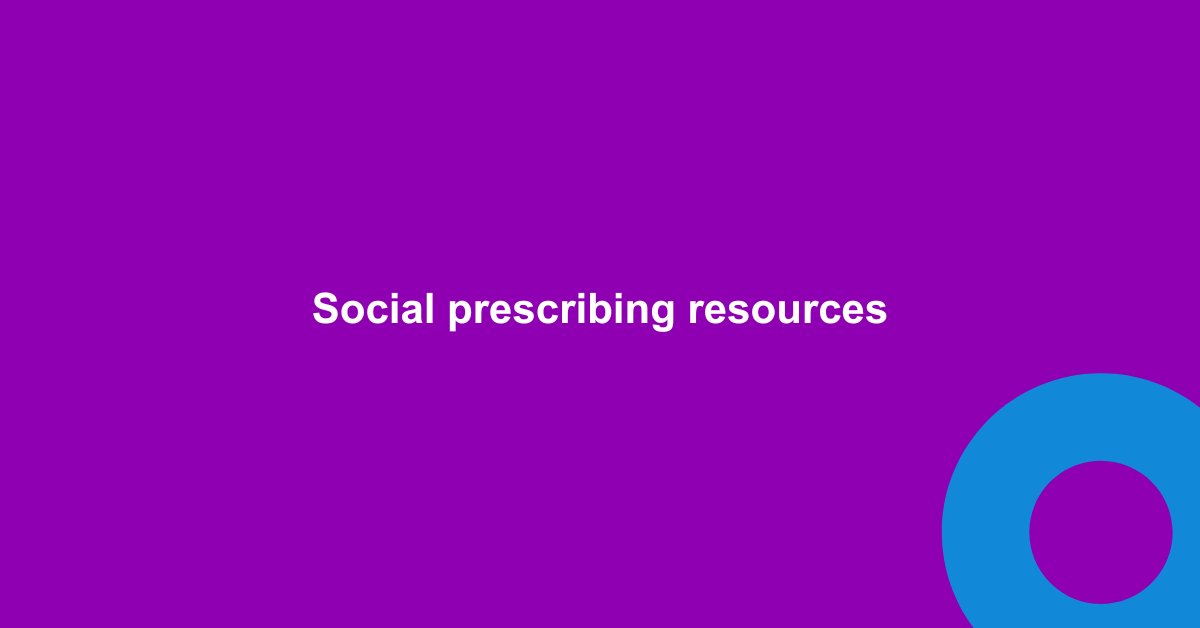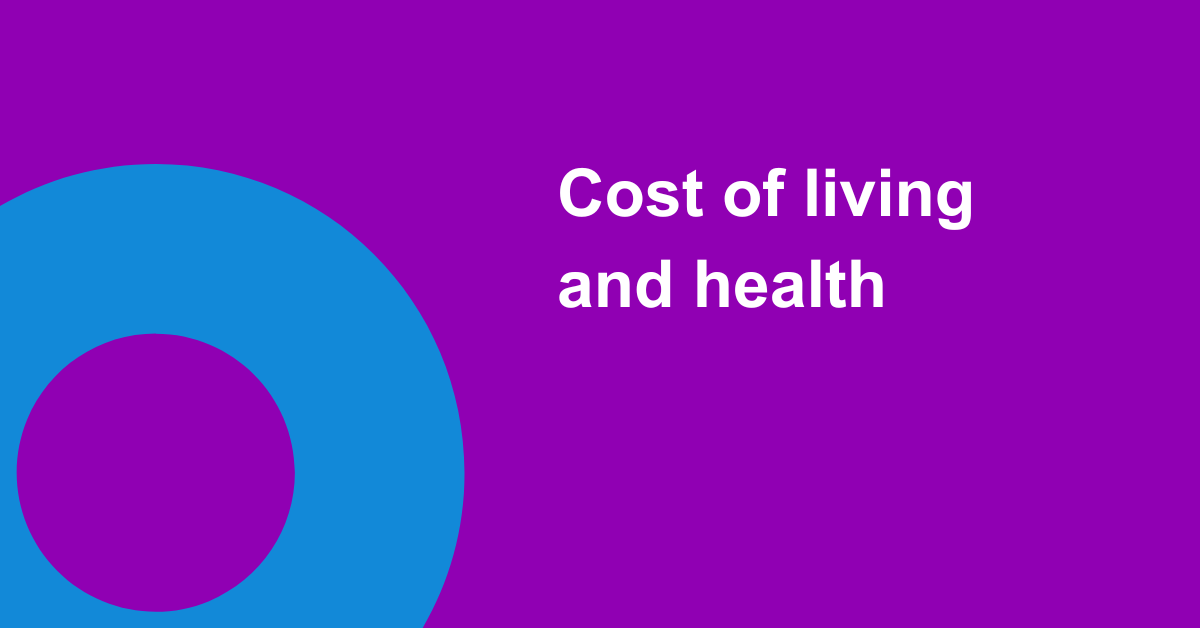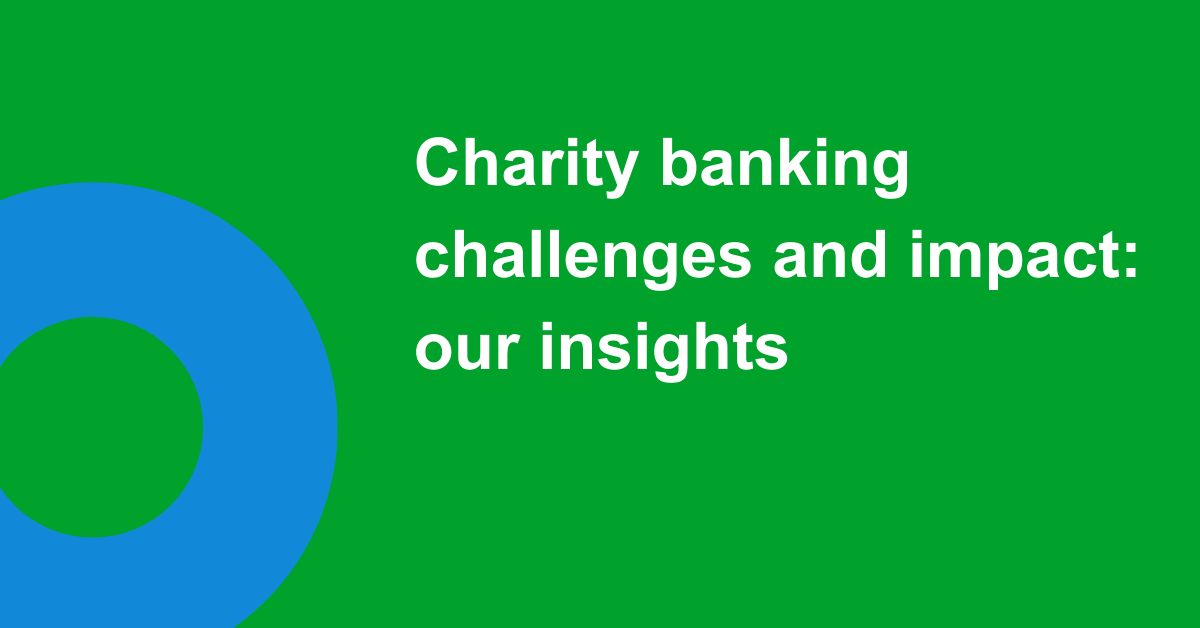In All of Us, the mayor’s strategy for social integration, the power of volunteering and civic action to bring people from different backgrounds together was emphasised. However, the disparities in rates of volunteering across boroughs, and the equality in participation in civic action, was also highlighted.
The GLA commissioned London Plus to look into whether volunteers in London reflect the diversity of the city. We used Understanding Society, a longitudinal survey with around 5,000 Londoner’s interviewed from 2009-2018.
We examined whether rates of volunteering differed by gender, ethnicity, age, education, employment status, religious status, income, housing tenure, and disability status.
People aren’t defined by just one of these characteristics: each individual will have a combination of characteristics which will uniquely influence whether they volunteer or not. Some of these characteristics may make them more likely to volunteer, some less.
With this in mind, we have created a tool allowing users to explore how someone’s probability of volunteering changes with different combinations of these characteristics. This also allows users to see who is most, and least likely, to volunteer in London.
Please click this link to use the London Plus probability of volunteering calculator.

The tool also allows users to compare the extent and magnitude that each characteristic influence volunteering behaviours. For example, changing the education level of an individual makes a large difference to their probability of volunteering. Being a different gender, with all other characteristics remaining the same (including work status), makes very little difference.
Data comes from logistic regression analysis of whether people said they had volunteered in the last 12 months, or not. Volunteering could be frequent or a one off. Our full results are published in the excel document below the tool.
There are of course characteristics not included in the model, and the coding of data was restricted by the questions asked in the survey. Non-the-less, it offers a more comprehensive analysis of who is volunteering in London.
The aim of this analysis was to bring attention to potential inequalities in participation, not to stigmatise groups who were less likely to participate. Volunteering brings a number of positive benefits to individuals and allows people to influence positive change in their communities. There are many reasons why people may be less likely to volunteer despite good intentions, including having less time, having less opportunities to participate or not finding suitable opportunities.
Our research into the diversity of volunteers in London will be published later in the month, but our key findings were:
- Women were only slightly more likely to volunteer than men, and this was not statistically significant when controlling for other variables. Women were, however, more likely to volunteer regularly.
- People who were Indian, Pakistani, or Bangladeshi were less likely to say they had volunteered in the last 12 months than people from other ethnic backgrounds.
- There was little difference in volunteering by age when controlling for job status.
- Differences in volunteering behaviours were largest by socio-economic factors:
- People in the highest income quintile, and people with a degree were most likely to say they volunteered.
- Full-time students were most likely to do any volunteering, and people who were full-time students, unemployed or retired were most likely to volunteer regularly.
- There were no observed differences in volunteering behaviours by disability status.
- Whilst there were no differences in volunteering behaviours between people who said they were, or were not, religious, people who were religious and either said they felt their religion made a difference to their lives, or attended services often, were most likely to volunteer.
We have also examined the relationships between volunteering and both subjective wellbeing and social integration. These findings will be included in our final report.


